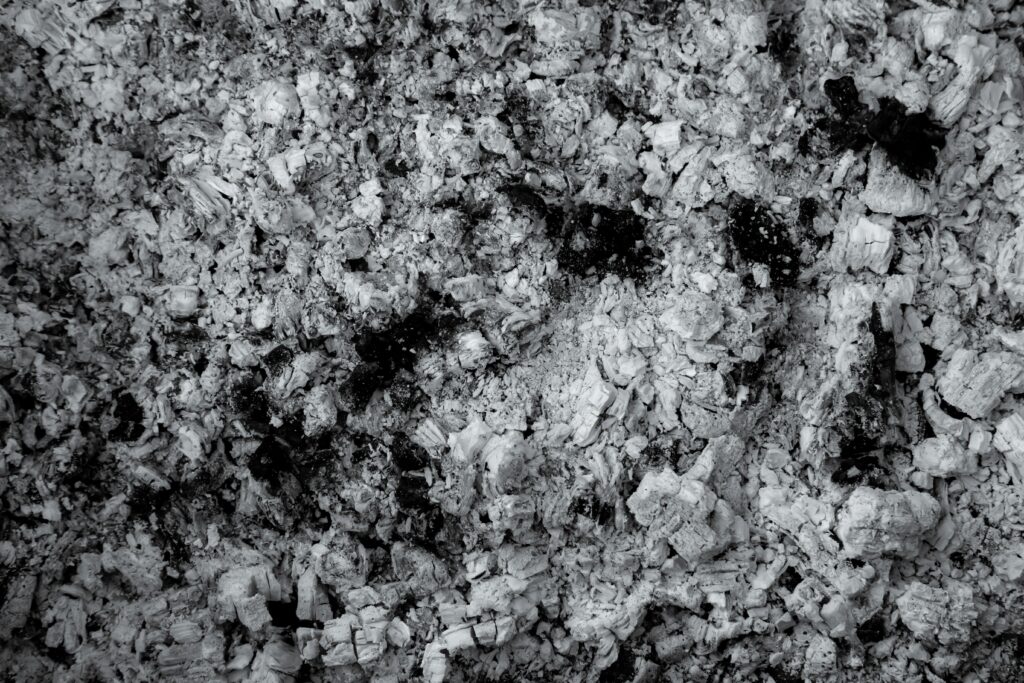The Hidden Danger of Toxic Dust: Health Risks for U.S. Workers
Toxic dust exposure is a serious but often overlooked occupational hazard in many industries, including construction, mining, and manufacturing. When workers are exposed to dust containing harmful particles, such as asbestos, silica, or lead, the health consequences can be severe. This article sheds light on the risks associated with toxic dust exposure, the health implications for workers, and protective measures that both employers and employees should take.
Common Sources of Toxic Dust
Toxic dust is created when materials break down into fine particles. Some of the most dangerous types include:
- Asbestos: Often found in construction materials, asbestos exposure can lead to severe lung diseases, including asbestosis, lung cancer, and mesothelioma.
- Silica: Frequently present in materials like sand, rock, and concrete, inhaled silica dust can cause silicosis, a debilitating and potentially fatal lung disease.
- Lead: Used in various manufacturing processes, lead dust exposure can result in poisoning, which affects the nervous system, kidneys, and other organs.
- Wood Dust: Found in industries like carpentry and furniture making, wood dust has been linked to respiratory issues and certain cancers.
Health Risks of Toxic Dust Exposure
Exposure to toxic dust can lead to numerous health problems, often affecting the respiratory system and internal organs. Common diseases associated with toxic dust include:
- Silicosis: Caused by inhaling silica particles, this lung disease results in scarring of the lungs and reduces the ability to breathe.
- Mesothelioma: A rare but aggressive cancer caused by asbestos exposure that affects the lining of the lungs and chest cavity.
- Chronic Obstructive Pulmonary Disease (COPD): Dust exposure, particularly in construction and manufacturing jobs, is a significant risk factor for COPD, a group of lung diseases that obstruct airflow.
- Neurological Disorders: Lead dust exposure can result in irreversible damage to the nervous system, impacting cognition and motor functions.
Workers in high-risk industries should be aware of these risks and take proactive steps to protect their health.
Preventive Measures for Workers
Both employers and employees have roles in mitigating the dangers of toxic dust. Some key protective steps include:
- Personal Protective Equipment (PPE): Workers should wear respirators, gloves, and protective clothing when working in environments with high dust exposure.
- Ventilation Systems: Employers should install ventilation systems to reduce airborne dust and limit workers’ direct exposure.
- Regular Health Monitoring: Periodic medical screenings can help detect health issues early and prevent them from worsening.
- Training and Education: Workers must be educated on the risks of toxic dust and trained on how to safely handle materials and use protective equipment.
Employer Responsibilities and Regulations
Federal agencies such as the Occupational Safety and Health Administration (OSHA) and the Environmental Protection Agency (EPA) have set standards for dust exposure. Employers are required to adhere to these regulations, which include limiting exposure, providing safety training, and supplying appropriate PPE.
OSHA regulations specifically outline permissible exposure limits (PELs) for various hazardous substances. Employers failing to comply with these standards may face penalties, and workers exposed to dangerous conditions have the right to report violations.
Legal Recourse for Affected Workers
Workers who suffer from illnesses related to toxic dust exposure may be entitled to workers’ compensation benefits. In cases where employers knowingly disregard safety regulations, workers may also have grounds for a lawsuit. Consulting with an experienced attorney can help affected individuals understand their rights and pursue compensation for medical costs, lost wages, and other damages.
Conclusion
Toxic dust exposure is a significant occupational hazard, and without adequate precautions, the health impacts on workers can be severe and long-lasting. Both employers and employees should prioritize safety and take steps to reduce exposure risks. Awareness, protective measures, and adherence to safety regulations are essential for creating a safe work environment and preventing the life-threatening consequences of toxic dust exposure.

